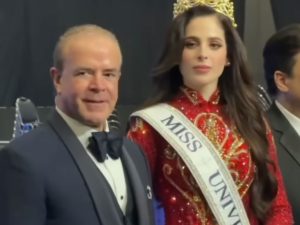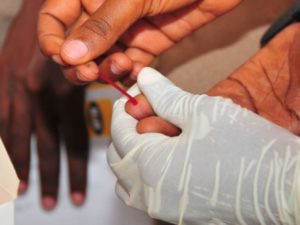Unlocking the Dyslexia: Can We Cure the Reading Challenge?

Dyslexia, a prevalent learning disability affecting approximately 7% of the U.S. population, has long been a subject of scrutiny and misunderstanding. The question on many minds: Can dyslexia be cured?
Delving into the depths of research, it becomes clear that dyslexia is not a condition developed through external factors or inadequate education. Instead, it originates from inherent differences in the brain, manifesting even before individuals embark on their reading journey. Dr. Norton, a leading expert in the field, emphasizes that dyslexia isn’t governed by a single gene or brain anomaly, but rather a complex interplay that sets up the brain suboptimally for the process of learning to read.
Unraveling the genetic thread, it’s revealed that dyslexia transcends backgrounds and intellectual levels, carrying a hereditary component. Parents grappling with dyslexia are more likely to pass on this challenge to their children, underscoring the genetic basis of the condition.
Challenging misconceptions, Norton addresses the inaccurate assumptions surrounding the capabilities of individuals with dyslexia. The diverse manifestations of dyslexia encompass a range of symptoms, from inaccurate word reading and spelling to difficulties in phonemic awareness and forming connections between sounds and letters. The struggle extends beyond reading, intertwining with challenges in writing, handwriting (dysgraphia), mathematical reasoning (dyscalculia), and even speech.
Can science cure the dyslexia? The journey to answer this question holds promise for the millions touched by this learning disability.




